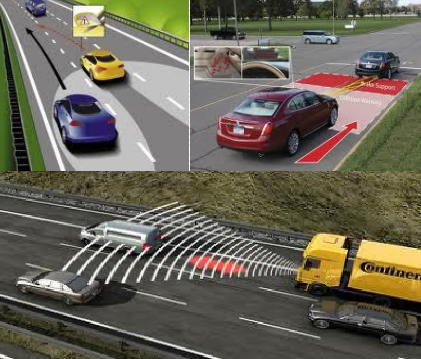
When considering how safety systems fulfil drivers’ needs, leading to an evaluation of overall benefit, it is important to understand the overall functionality of the system, take into account as many design parameters as possible and consider previous evaluation work. The objective of this research is to provide an inventory of in-vehicle technological systems that are present on current production models, using a standard template. A catalogue listing details such as the aim of the system, the functions covered by the system, phase of the accident upon which the system is acting, the level of intervention, technical specifications and previous evaluations is developed for 31 active, passive and integrated safety systems and the example of the Adaptive Cruise Control systemis presented in this paper. Moreover, a review of existing identification procedures related to safety systems is carried out, aiming to underline the available information sources that could be used to gather data on safety equipment using a common format, review the variable level of quality and the feasibility and length of time that it would take to collect the data. Results revealed that although there are many different implementations of safety systems with different performance parameters, the development of a safety systems inventory can become a useful tool for analysts to establish a feel for a generic system, project the functionality of such a system onto available accident data and importantly to evaluate if the system really meets drivers’needs. The use of an assembled standard template can further act as a central register, in which analysts can quickly acquire detailed information on the system along with web links to vehicle manufacturer, governmental, safety and research organisation websites. Furthermore, two main safety systems data collection methods were identified through the review of different data sources, either using the make/model/ variant approach or the VIN number method, demonstrating the feasibility of recording all active, passive and integrated safety systems implemented within a vehicle to a European wide database. This work has been undertaken in the EC funded DaCoTA project.
| ID | pc140 |
| Presentation | |
| Full Text | |
| Tags | intelligent systems |






